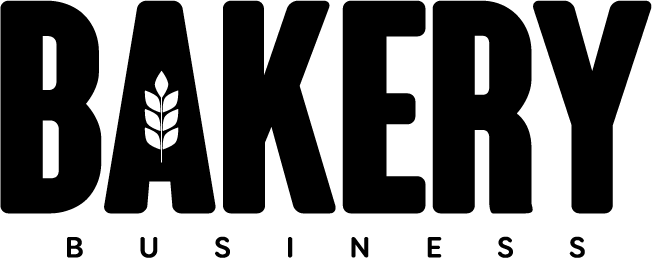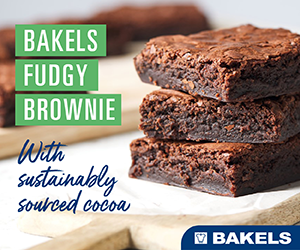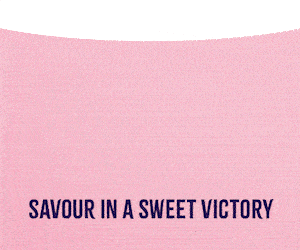STORY: Sourdough or sourfaux: an industry divided

Detailed labelling and marketing terms for sourdough have been presented to The Department for Environment, Food & Rural Affairs (Defra) – and have divided opinion.
The Association of Bakery Ingredient Manufacturers ABIM, The British Sandwich and Food To Go Association, Craft Bakers’ Association, the Federation of Bakers, and PAPA (Pizza, Pasta and Italian Food Association) have spent the best part of three years collaboratively drawing up The UK Baking Industry Code of Practice for the Labelling of Sourdough Bread & Rolls.
The particular sticking point? The ingredients. Those traditionally being flour and water, with the optional addition of a culture.
The code, though, is slightly more lenient, and says: “Where space and skills are lacking, bakers have recourse to an increasing number of ingredients and raw materials that help to simplify the process; allowing them to offer bread products that include an element of sourdough to their customers.”
In response, The Real Bread Campaign (RBC) argues the document is “a cheats’ charter that attempts to legitimise abusing people’s growing love of potentially healthier bread by hijacking the word sourdough.”
ABIM acknowledges that both it and the RBC have “consumers’ best interests at heart”, and says it “welcomes the possibility to further refine the document”.
There are currently no regulations or codes of practice that govern the nature, production and labelling of sourdough products in the UK market, and it is this that the code seeks to address.
The idea behind the creation of the code is to define the parameters of what is and is not a sourdough. It says doing so offers “a unique opportunity exists for the industry itself to agree on terms and definitions that are mutually beneficial to producers and consumers alike, thus militating against potentially misleading labelling information whilst preserving the integrity of the definition of ‘sourdough’ and ‘Sourdough bread’ and the methods by which they are produced.”
The Real Bread Campaign is not against this principle, in fact it has been lobbying for a matter of years to pass its own Honest Crust Act, but the parameters stated in this are much stricter. It calls for a clear, legal definition of sourdough bread as made without any additives and leavened only by a live sourdough starter culture.
RBC coordinator Chris Young says of the code: “We believe that the industrial loaf fabricators’ proposed code undermines the integrity of the word sourdough with muddled meanings that would make things more, not less, confusing for shoppers. Its adoption would create a sourfaux free-for-all, which would also have a negative impact on Real Bread bakeries of all sizes that bake genuine sourdough.”
RBC is urging Defra to reject the proposed code, about which it says “shoppers, consumer organisations and the majority of Britain’s genuine sourdough bakers were not consulted”.
ABIM said in a statement, issued this morning: “Both groups are working to provide the correct information to help consumers make informed choices and to produce the best possible bread for all.
“The production of sourdough and bread involves both tradition and science; and to describe it objectively, accurately and clearly requires language understood by both disciplines, which makes this a challenging task.
“The current version of the proposed code of practice represents the best expression of that balance that we’ve been able to find today. We welcome the possibility to further refine this document through discussion with other interested parties including, but not exclusively, DEFRA.”
The three definitions of sourdough are listed in the code as follows:
Sourdough (product name): a product in which live/active sourdough is used as the principle leavening agent; which may be made with the addition of a maximum of 0.2% compressed bakers’ yeast, or the equivalent level of cream or dried yeast, as calculated on the total flour weight of the final dough. Additives or flavourings in the final dough must not be used, with the exception of the mandatory flour additives required by, and/or the flour treatment agents permitted by, the UK Bread and Flour Regulations 1998.
Marketing terms may describe both the process and the typical sensory characteristics achieved, such as crumb structure and flavour.
(Product name) with sourdough: a product made with live/active sourdough, and/or inactive/deactivated/devitalised sourdough, where commercial baker’s yeast has been used as the principal leavening agent in the final dough and which may also contain permitted additives. The product may NOT contain additives which are added specifically to impart a sourdough type acidity, flavour or aroma to the finished product (e.g. acids or their salts).
Marketing terms may only describe the flavour characteristics imparted by the sourdough and should not imply that the product has been made using a traditional sourdough process.
Sourdough flavoured (product name): a product made with live and/or inactive sourdough, in which additives or flavourings that impart sourdough-type acidity, flavour or aroma to the finished product have also been used (e.g. acids or their salts); and which contains baker’s yeast and other permitted additives. Marketing terms should not imply that the bread characteristics have been achieved without the use of additives.







